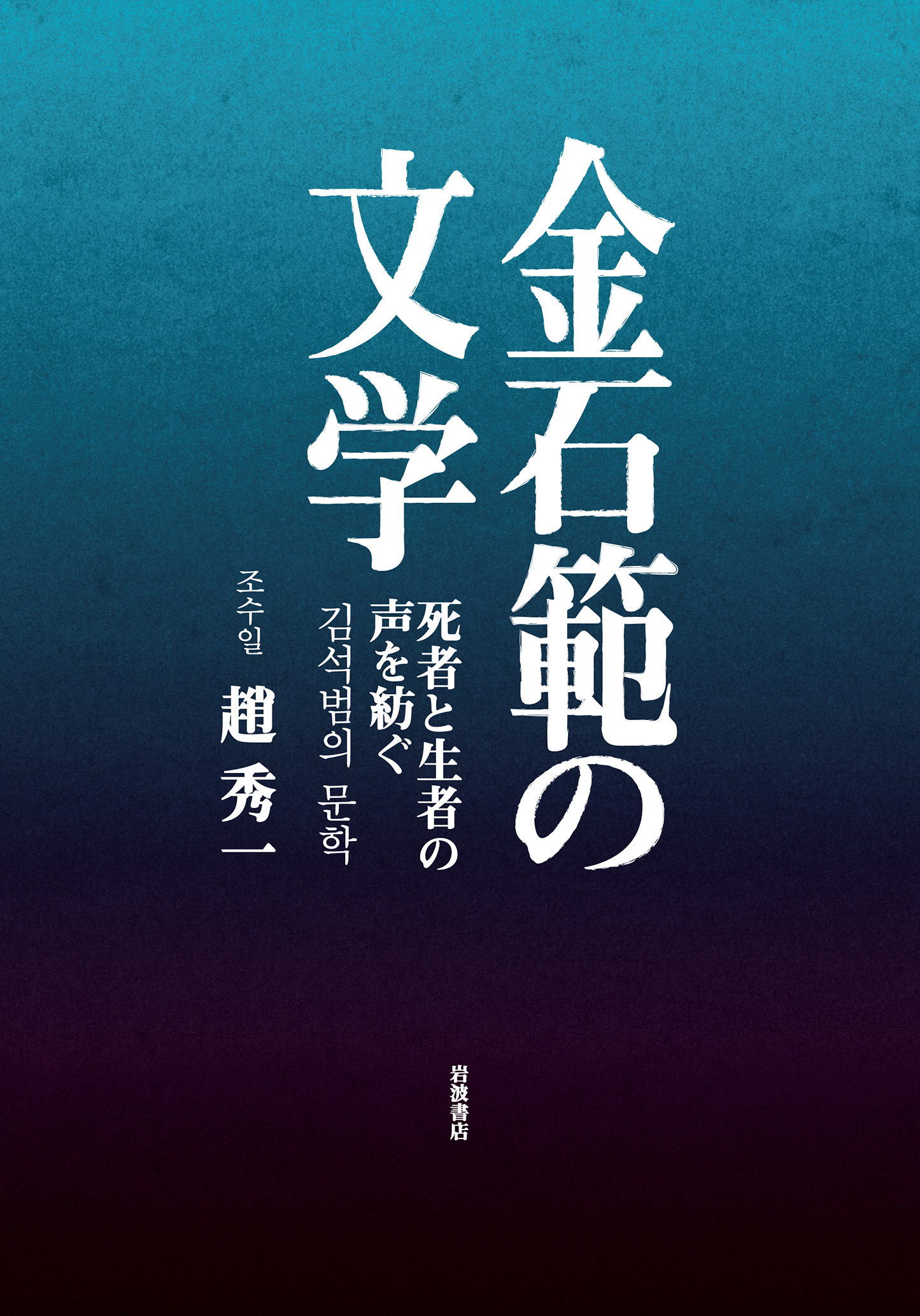
Title
Kim Sokpom no Bungaku (The Works of Kim Sokpom - Evoking the Voices of the Dead and the Living)
Size
426 pages, A5 format, Hardcover
Language
Japanese
Released
March 08, 2022
ISBN
9784000615198
Published by
Iwanami Shoten
Book Info
See Book Availability at Library
Japanese Page
This book undertakes a thorough textual analysis of the novels of Kim Sokpom (1925–), a Korean writer living in Japan, from The Death of the Crow to Volcano Island. It examines what sort of “Japanese” and narrative method are employed in his works to evoke the voices of the dead and the living in relation to the Jeju uprising and provides a fresh perspective for reading his works.
Covering Kim Sokpom’s works written during forty years from 1957 to 1997, including The Death of the Crow, The Curious Tale of Mandogi's Ghost, Summer 1945, and Volcano Island, this book shows how the “Japanese” used by the author alienates the conventions of the linguistic system of Japanese in its use of Chinese characters, ruby, and parentheses. Of course, such techniques are not unique to Kim Sokpom, and they are phenomena often found in the Japanese writings of Koreans living in Japan, writings born of the struggles between Japanese and Korean or the Korean intermixed with Japanese that is spoken by Koreans living in Japan. But this alienation to be seen in Kim Sokpom’s works ought to be distinguished from that found in other writers insofar that it functions as something closely related to the historicity of the narrative world and the present day. I also show that the historicity in expressions used by Kim Sokpom is related to the historical space-time brought to the fore by dates such as 15 August (1945, Japan’s defeat and the liberation of the Korean peninsula), 1948 (establishment of the government of the Republic of Korea), 3 April (1948, Jeju uprising), 24 April (1948, Hanshin education incident), and 18 May (1980, Gwangju democratization movement). Furthermore, I show that in the world of his fiction Kim Sokpom becomes a sort of medium who evokes the voices of the dead and those of the living, allowing the dead, who were unable to speak against the authorities that demanded silence and oblivion, to speak and allowing the living to say what they have been suppressing. On this basis, I incorporate discourse from world literature studies and visualize a theoretical framework for reading Kim Sokpom’s works as world literature.
The main topic of Kim Sokpom’s works is the Jeju uprising, and the significance of the fact that memories of this incident have been written and preserved in Japanese by a writer who did not directly experience it is of great importance. In other words, as a listener who encountered the torn testimonies of people who had fled the space-time of genocide and were compelled to smuggle themselves into their former suzerain state, he has recorded in Japanese the process of his struggle to evoke the voices of the dead and the living while repositioning the many testimonies and his own memories. This book reconsiders the standpoint of the writer Kim Sokpom with reference to the words of his novels. In addition, the significance of this book lies in the fact that it examines the “Japanese” of Kim Sokpom, which jolts the seemingly self-evident notions of the Japanese language as a “national language” and Japanese literature as “national literature,” and offers a reading of his works from the viewpoint of Japanese literature and world literature.
(Written by: CHO Suil / July 29, 2022)
Related Info
The 2nd UTokyo Jiritsu Award for Early Career Academics (The University of Tokyo 2021)
https://www.u-tokyo.ac.jp/ja/research/systems-data/n03_kankojosei.html



